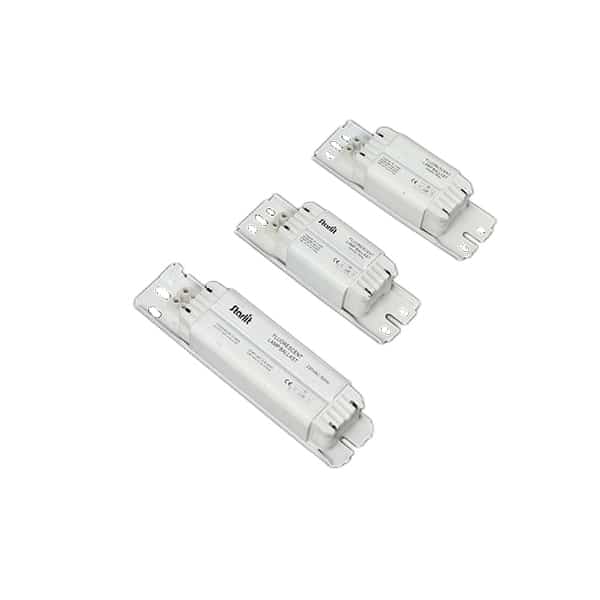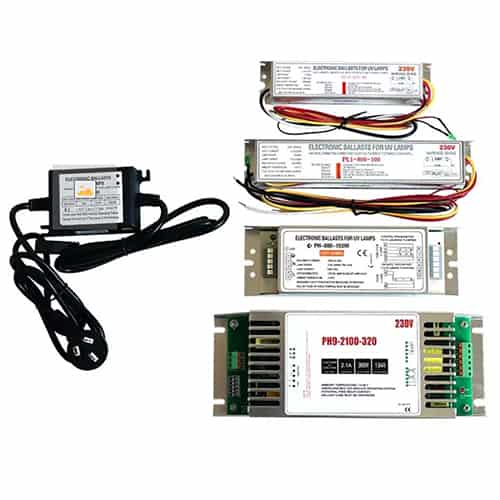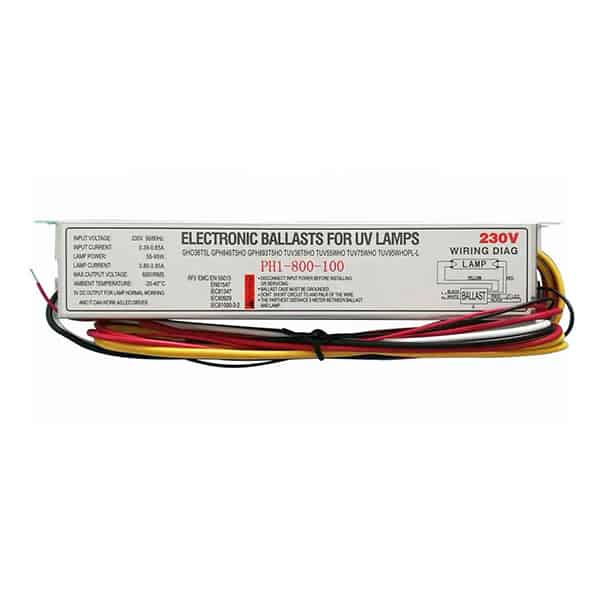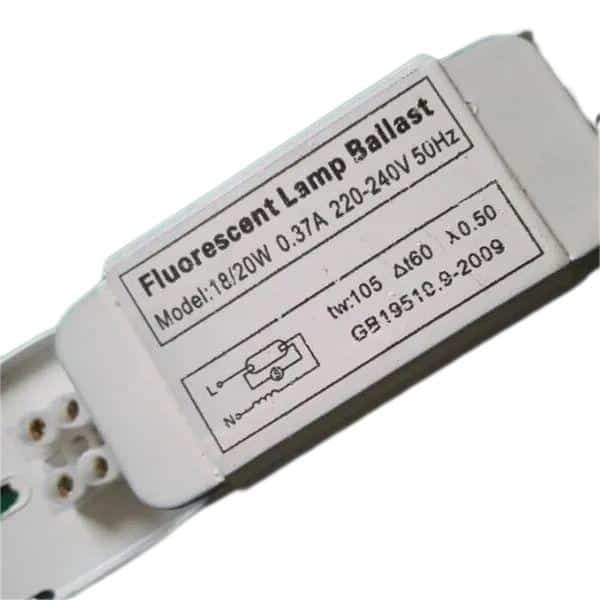Working in the lighting industry, one of the most frequent questions I come across is about ballast replacements. With the advancements in technology and the shift toward energy efficiency, many wonder if it’s time to make a switch. Is your old magnetic ballast holding you back?
Yes, you can replace a magnetic ballast with an electronic one, but there are several considerations and steps to take into account.
Navigating this transition can seem daunting, but don’t worry. I’ve got you covered. Let’s delve deep into the intricacies of this transition.
Why would one want to replace a magnetic ballast?
Magnetic ballasts have been around for decades and have done their job effectively. However, they come with some drawbacks, such as a potential humming noise and less energy efficiency.
Electronic ballasts, on the other hand, are quieter and more energy-efficient. They’re also typically lighter and more compact, making them attractive options for modern lighting solutions.
What are the benefits of electronic ballasts?
First and foremost, electronic ballasts offer greater energy efficiency. This not only means saving on electricity bills but also contributing to a greener environment.
Additionally, electronic ballasts are known for their flicker-free performance and a more rapid start-up. Their compact design also allows for more flexible lighting installations.
Are there challenges in making the switch?
While the transition might seem straightforward, there are nuances to consider. For starters, you need to ensure compatibility between the electronic ballast and the lamp type you are using.
Moreover, rewiring might be necessary, as the connections for electronic ballasts can differ from magnetic ones. This might call for professional assistance to ensure safety and functionality.
How do I choose the right electronic ballast?
Selecting the right electronic ballast is crucial. Begin by checking the specifications of your existing lamps. Knowing the type, wattage, and number of lamps controlled by the ballast is key.
Additionally, consider the desired features. For instance, do you want dimming capabilities? Understanding your needs will guide you towards the perfect fit, ensuring longevity and optimal performance.
Is the transition cost-effective?
While electronic ballasts might be more expensive initially, their energy efficiency can lead to significant savings in the long run. Consider the longevity of the product and the potential reduction in electricity bills.
Moreover, as manufacturers like us at James Lighting focus on innovating and producing high-quality electronic ballasts, prices have become more competitive. Think of it as an investment for the future.
Do I need professional help for installation?
It’s always recommended to seek professional assistance when dealing with electrical components. While some might find the process DIY-friendly, a professional can ensure safety, correct installation, and optimal functionality.
Here at James Lighting, we often guide our customers through the process, ensuring they have all the knowledge and support they need. Whether you opt for DIY or professional help, always prioritize safety.
What about disposal of my old magnetic ballast?
Disposing of your old magnetic ballast responsibly is crucial. Many magnetic ballasts contain PCBs (polychlorinated biphenyls), which are harmful to the environment.
Ensure you’re adhering to local regulations regarding disposal. Recycling centers or hazardous waste facilities often accept old ballasts and handle them appropriately.
Conclusion
Making the switch from magnetic to electronic ballasts is a step toward modern, efficient, and effective lighting solutions. While the transition involves various considerations, the benefits, in the long run, make it a worthwhile endeavor. At James Lighting, we’re here to support and guide you every step of the way.




